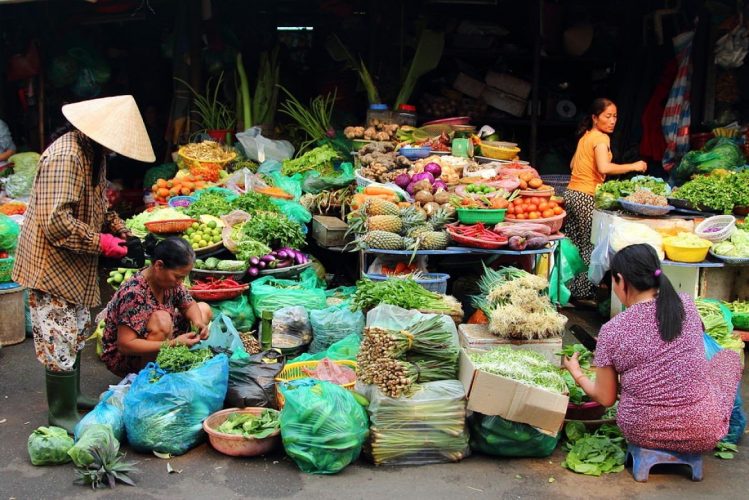
Vietnam's wet markets: 5 facts no one tells you about
- on Apr 23, 2025 By: Phuong Mai NGUYEN
Visiting a local market is a must when traveling abroad. By strolling through the market and observing how the locals shop, you can learn a lot about the region's culture and way of life. In Asia, where local markets are completely different, the experience is even more fascinating.
Scroll down to discover 5 hidden facts about Vietnamese local markets.
1. The market is wet, literally
In Asia, wet markets are places where butchers and grocers directly sell fresh produce from farms. You will find animals like poultry and fish. Alive and well! As the floors are always wet due to vendors washing vegetables or cleaning their stalls after the preliminary processes, these markets are called wet markets.
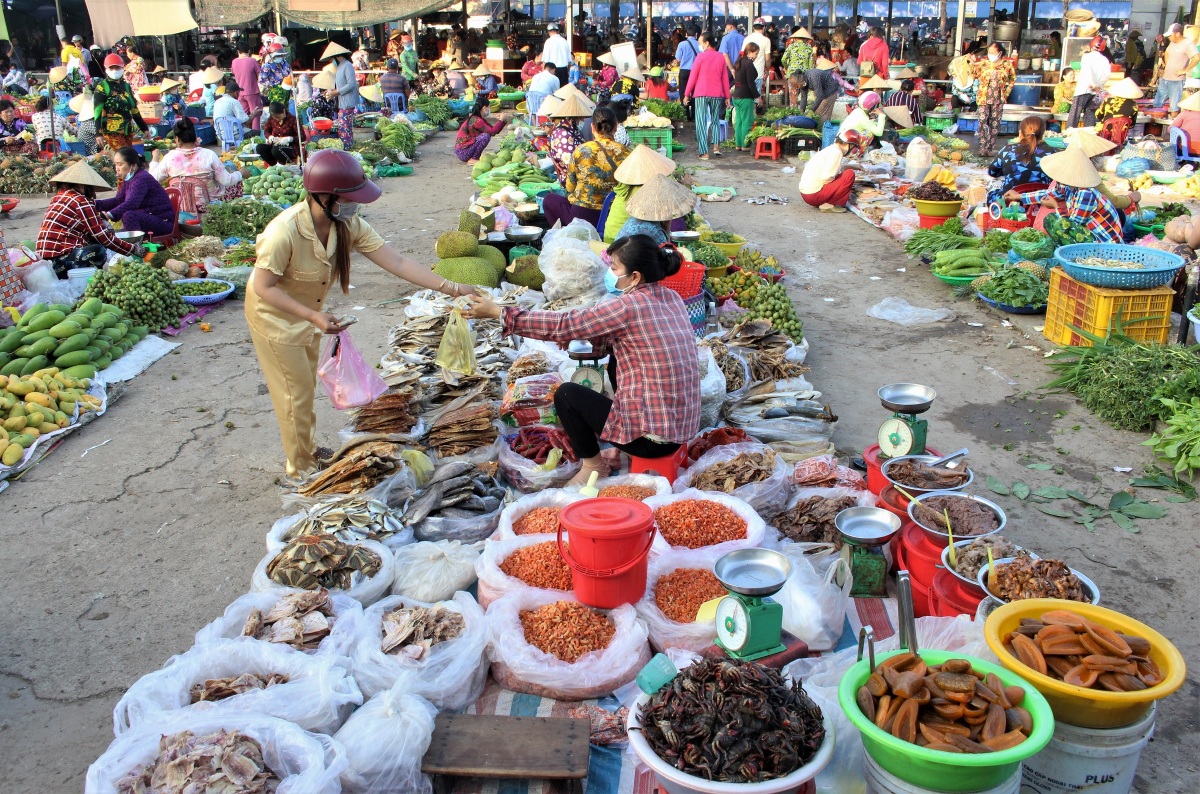
2. Wet markets can be found everywhere in Vietnam
There are countless wet markets in Vietnam. Wherever a community lives, there's a wet market. These markets vary in size and operating hours. In larger cities, wet markets can operate all day long along busy residential streets due to high demand. In contrast, certain countryside markets typically open only in the mornings and are often set up on vacant land. In remote mountain areas, markets might only occur once a week. Beyond being shopping venues, these ethnic markets are important social spaces for ethnic communities, where people gather to connect, exchange news, and showcase their beautiful clothing.
>> Read more: Bac Ha Market: A Vibrant Immersion into Northwest Vietnam’s Culture

Explore Can Cau Market, an ethnic market that opens every Saturday in Lao Cai with Authentik Vietnam
>> Read more: Can Cau Market: A Colorful Immersion into Northern Vietnam's Culture
3. Some wet markets start at 2 a.m.
Most wet markets in Vietnam open at around 5 a.m. However, in order to get ready for their stall to be open at 5 a.m., many sellers have to get up much earlier to go to the wholesale markets for the best produce at lower prices. And yes, these wholesale markets are wet too.
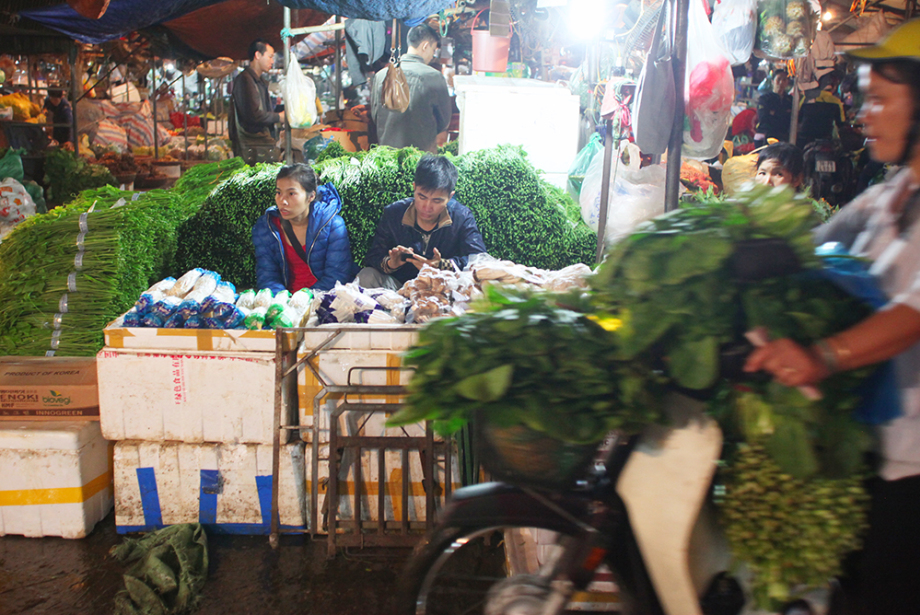
Vegetables from the outskirts of the big cities are transported to the wholesale markets, and from there, delivered to the smaller city markets. If you're in Hanoi and get up around 3 am-4 am, you can easily see motorcycles loaded with vegetables rolling silently in the pre-dawn darkness. The food is fresh. What you'll eat for dinner tonight could have been in the garden the night before.
Note: If you are in Hanoi and love flowers, there is a very popular flower market called Quang Ba. Located at 236 Au Co Street, Quang An Ward, Tay Ho District, Quang Ba is the largest flower market in Hanoi, where you can find countless varieties of flowers. While sellers begin to gather from 11 p.m., the market is the most vibrant and beautiful between 2 and 4 a.m.

In rural and mountain areas, farmers are sometimes sellers. They would bring everything from their gardens to the market, including vegetables, herbs, fruit, chickens, pigs, buffaloes, cows, you name it. In mountainous regions where the traffic infrastructure remains modest, certain sellers must set out on their way to the market when it’s still dark in order to open their stall at around 6 a.m. As ethnic markets are the most lively from the crack of dawn to 8 a.m., and only operate until around 10 a.m., make sure to get up early!
4. You can find all kinds of food products at one wet market
You can discover an amazing variety of ingredients at only one Vietnamese wet market, perfect for creating healthy, hearty, and delicious meals! From a selection of meats like beef, chicken, pork, and even pigeon, to an ocean of seafood such as crabs, shrimps, prawns, oysters, clams, snails, and all kinds of fish, there's something for everyone. Don't forget to check out the eggs- including chicken, duck, goose, and quail- and the nutritious tropical vegetables and cereals that are just waiting to brighten up your cooking. The most eye-catching stalls are those selling ready-to-eat dishes, filled with mouth-watering aromas that are simply irresistible, along with charming little street restaurants where you can take a break from your explorations and savor authentic Vietnamese specialties.

5. Traditional practices are not easy to change. But it is slowly happening
The Vietnamese culture has a longstanding preference for fresh produce, with daily selections of vegetables and meat being favored for their superior freshness and enhanced flavor.
Wet markets serve densely populated communities, facilitating convenient daily shopping. While modern markets have been established alongside wet markets to improve hygiene, food safety, and urban aesthetics, they have not significantly altered consumer behavior. Many individuals continue to prefer stopping at street markets on their way home from work to purchase food for dinner.
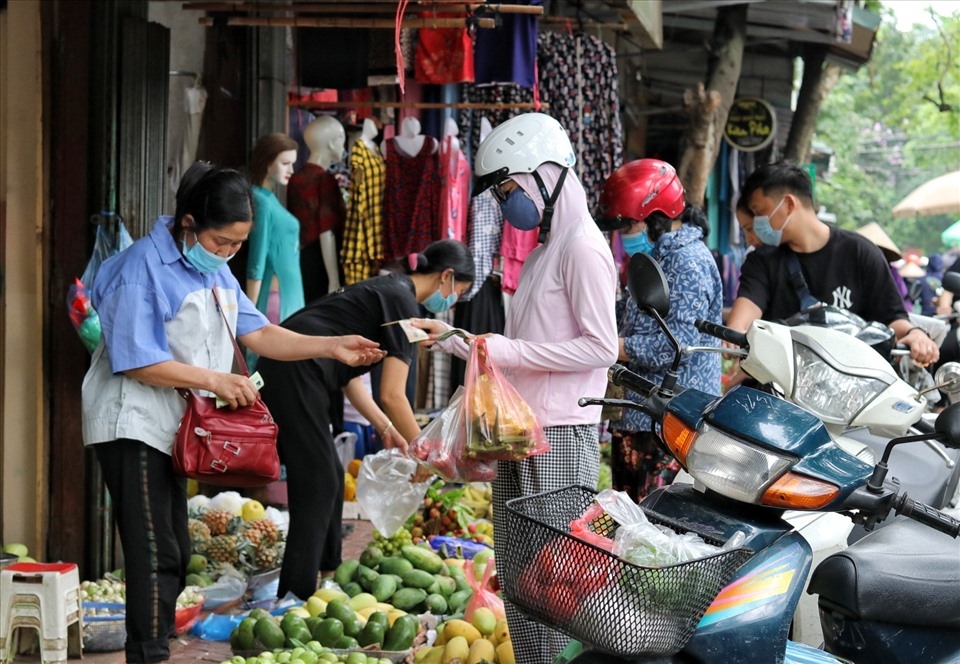
However, in recent years, this traditional practice has begun to evolve. Younger consumers are increasingly drawn to online shopping due to the frequent and substantial discounts available, as well as supermarkets, which offer enhanced safety and product traceability. As a result, these emerging shopping options have begun to capture market share from wet markets.
Related articles:
>> Experience a different Hanoi at the Long Bien market!
Comment
Other Blog
Categories
Latest News
on 31 Dec, 2025
on 31 Dec, 2025
 Español
Español Français
Français







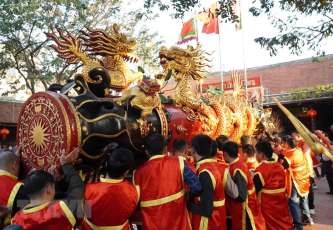
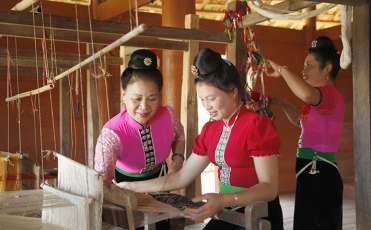
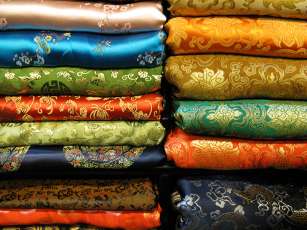
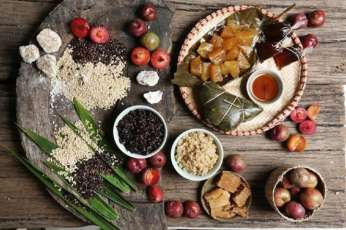
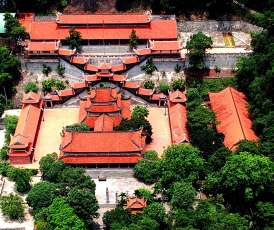








Morgane Ter Cock
on Dec 18, 2025HerbertPhomaMS
on Oct 19, 2025Lilyan Cuttler
on Oct 15, 2025Avenue17XC
on Sep 14, 2025Avenue18JL
on Jul 21, 2025